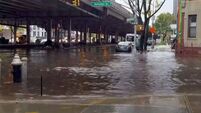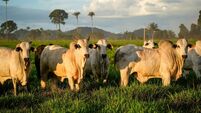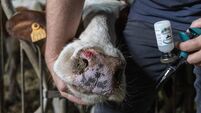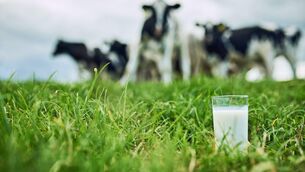Successful trial of cargo ship that runs on slurry
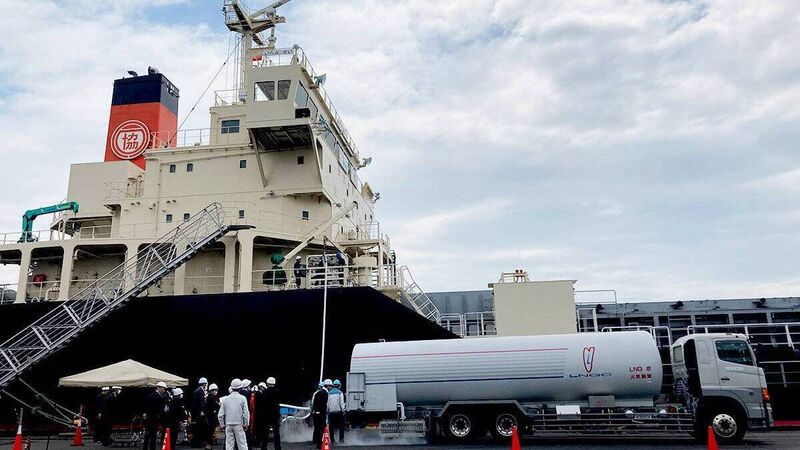
The 118m-long Ise Mirai cargo vessel, which weighs 6,550 tonnes, has successfully completed a trial of marine fuel made from cattle slurry.
One of the world's largest merchant shipping companies has successfully completed a trial of marine fuel made from cattle slurry.
In Japan, biogas from dairy farms was used to fuel the 118m-long Ise Mirai cargo vessel, which weighs 6,550 tonnes.
Sponsored by Japan's ministry of the environment, the trial showed how biogas from farms can be used to reduce the carbon footprint of shipping.
The Ise Mirai, built in 2020, is the first liquefied natural gas (LNG) fuelled ocean cargo vessel in Japan. Natural gas provides about 24% of Japan’s energy needs.
Using LNG reduces carbon emissions by about 25%, compared to traditional heavy fuel oils for ships. But further reductions are likely with the partial use of liquefied biomethane (LBM), made from farm waste and therefore classed as a carbon-neutral energy source.
In the Japanese trial, biogas (60% methane and 40% carbon dioxide) made mostly from cattle slurry, was collected and transported to a central plant, which separated the methane gas and processed it into super-cold LBM (which is 99% methane), through heat exchange, using liquefied nitrogen.
The methane can be compressed to 1/600th of its volume by liquefying it, enabling it to be transported on a large scale.
Utilising slurry to create LBM replaces natural gas extracted from the earth, and also prevents slurry in storage from emitting the methane greenhouse gas, as it decomposes. The danger of excess nutrients from slurry seeping into rivers and lakes is also avoided.
The successful sea-going trial showed how LBM could be trucked to the port, transferred to the moored vessel, using existing LNG supply vehicles, and used as marine fuel by an LNG-fuelled ocean vessel.
This confirmed that LBM can be transported, supplied, and used without problems, using existing shore and onboard equipment for LNG. This was expected, because the main component of both LBM and LNG is methane (LNG is 90% methane, plus ethane, propane, and butane).
The successful trial showed how 360 tons of bio-methane per year can be consumed as a substitute for LNG, thus reducing annual carbon dioxide emissions by 7,740 tons, and total greenhouse gas emissions by at least 60%.
The two main companies in the trial are now expected to commercialise the process.
Mitsui OSK Lines, owner of the Ise Mirai, is a leading Japanese shipping company, operating on a global scale with about 800 vessels in service. As part of its mission to achieve net zero greenhouse gas emissions by 2050, it is accelerating deployment of LNG-fueled vessels, and moving towards early introduction of the use of biogas and synthetic-methane (electrofuel made from hydrogen and carbon dioxide).
Meanwhile, Air Water Inc, a company with annual profits of nearly €400m, will develop technology to quickly enable use of LBM (made from biogas-derived methane from farms).
In Hokkaido, Japan's main cattle farming area, there is potential to produce 300,000 tons of bio-methane annually, from the 820,000 dairy cows on 5,840 farms. It is hoped to further develop infrastructure for maximum utilisation of cattle slurry and of the biogas made from it.
Local cattle farmers use biogas themselves, mainly to generate power, and they sell surplus electricity to the national grid.
Last October, Air Water Inc started operation of the first plant in Japan to produce LBM.
In cattle farming areas, LBM has the potential to be a domestically produced, sustainable and clean energy source. It can also be used as a fuel for LNG trucks, rockets, and boilers, without large-scale capital investment in the supply chain, if existing LNG infrastructure is used. And dry ice and other products can be made from the carbon dioxide byproduct of LBM manufacturing.
LNG substitutes made from unused regional resources (including farm slurry, sewage, and food waste) are seen in Japan as an effective solution for businesses, city gas companies, and for the cattle farmers seeking to reduce their emissions.
CLIMATE & SUSTAINABILITY HUB

